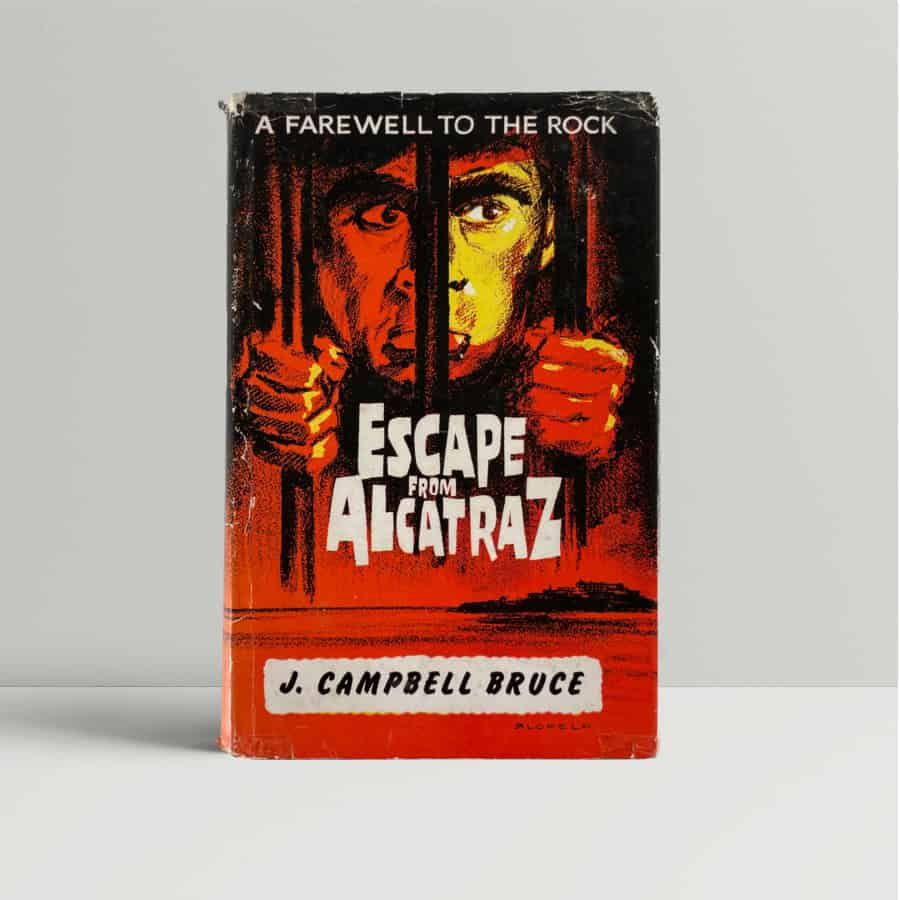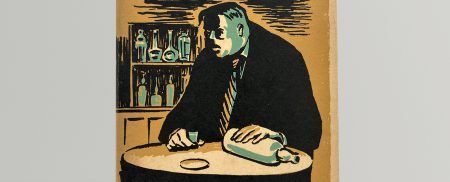The Prison of Alcatraz And Its Role in Literature
Alcatraz Prison, often referred to as “The Rock,” has had a significant impact on literature, inspiring a vast array of works that explore themes of isolation, resilience, and the human spirit. This notorious island prison, located in San Francisco Bay, operated as a federal penitentiary from 1934 to 1963 and housed some of America’s most infamous criminals. Its dramatic history and unique setting have made it a compelling subject for writers across various genres.
The Allure of Alcatraz in Literature
Historical Context and Real-life Stories
Alcatraz’s rich history and the real-life stories of its inmates have been a wellspring of inspiration for authors. Books like “Escape from Alcatraz” by J. Campbell Bruce recount the daring escape attempts and the lives of notorious criminals such as Al Capone and Robert Stroud, the “Birdman of Alcatraz.” These historical accounts provide readers with a glimpse into the harsh realities of life on the island and the notorious figures who were incarcerated there.
Themes of Isolation and Confinement
The isolated location of Alcatraz has made it a powerful symbol of solitude and confinement. This theme is explored in numerous literary works, where the prison serves as a backdrop for characters grappling with loneliness and the human need for connection. The stark, unforgiving environment of the prison mirrors the internal struggles of the characters, creating a rich tapestry of psychological and emotional depth.
Escape and Resilience
The numerous escape attempts from Alcatraz, most famously the 1962 escape by Frank Morris and the Anglin brothers, have fuelled many fictional and non-fictional narratives. These stories often highlight themes of ingenuity, determination, and the unyielding human spirit in the face of seemingly insurmountable odds. The quest for freedom against all odds provides a compelling narrative arc that captivates readers.
Symbolism in Fiction
Alcatraz often serves as a potent symbol in fictional works, representing both literal and metaphorical imprisonment. It has been featured in a variety of novels, such as Don DeLillo’s “Libra,” which delves into the life of Lee Harvey Oswald, and Thomas M. Disch’s “The Prisoner,” a novel that plays with the idea of escape and surveillance. In these stories, Alcatraz becomes a metaphor for the characters’ internal struggles and societal constraints.
Cultural Impact
Beyond individual works, Alcatraz’s impact on literature extends to its influence on popular culture. The prison has been immortalised in countless books, movies, and TV shows, cementing its place in the cultural imagination. This pervasive presence has made Alcatraz a familiar and intriguing subject for readers and writers alike.
Children’s and Young Adult Literature
Alcatraz’s mystique has also found its way into children’s and young adult literature. For example, Gennifer Choldenko’s “Al Capone Does My Shirts” series blends historical facts with fictional storytelling, making the history of Alcatraz accessible and engaging for younger audiences. These books often explore themes of family, friendship, and the challenges of growing up in an extraordinary environment.
Conclusion
Alcatraz Prison’s impact on literature is multifaceted, influencing a wide range of genres and themes. Its history, symbolism, and the dramatic stories of its inmates provide rich material for authors. The enduring fascination with Alcatraz continues to inspire compelling narratives that explore the complexities of human nature and the relentless quest for freedom. Through these stories, Alcatraz remains a powerful symbol and a source of endless literary inspiration.
Find our books on Alcatraz here









